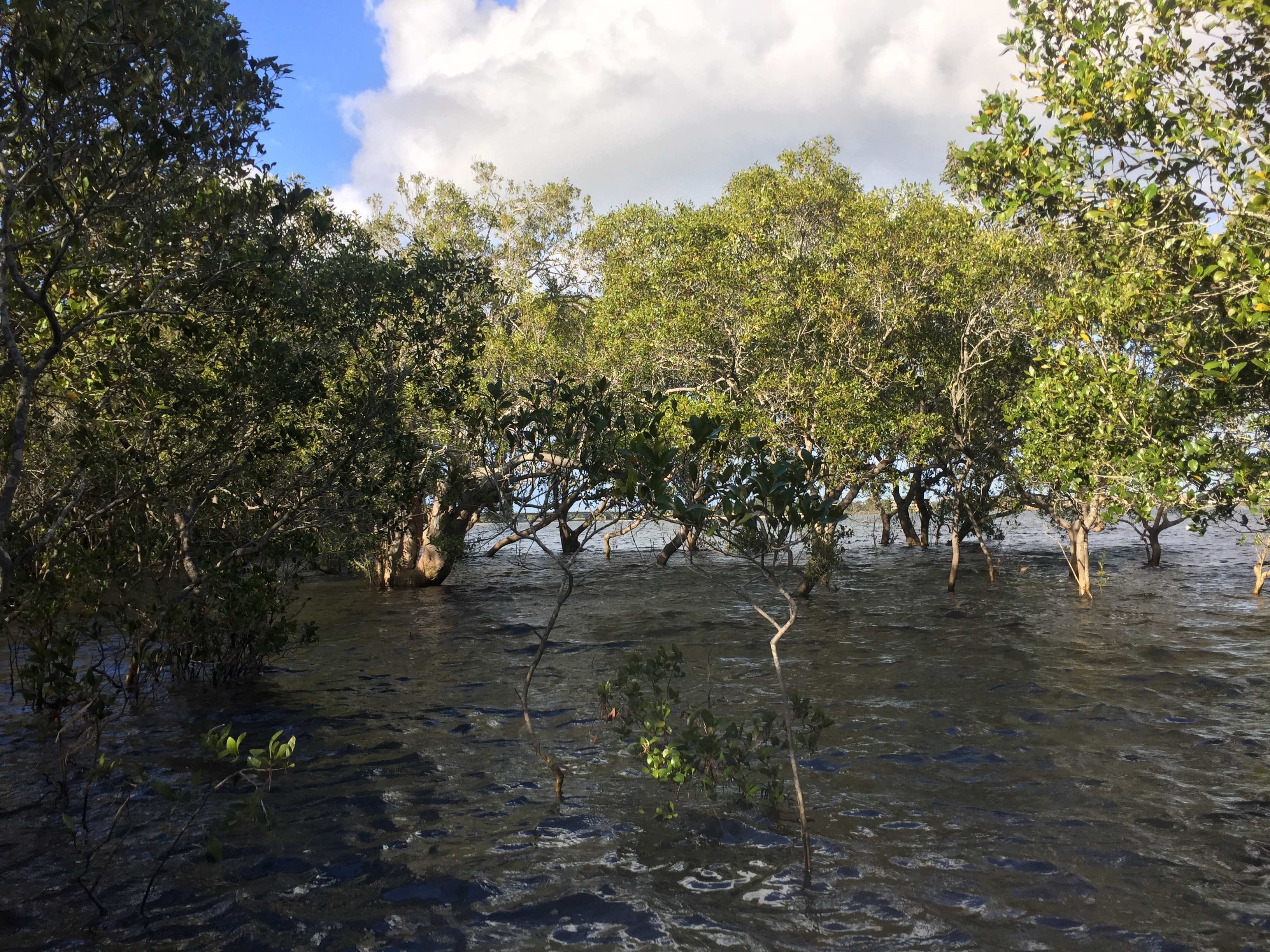Mapping Ocean Wealth in Australia Reveals Half a Billion Dollars Worth of Benefits from Coastal Wetlands
After three years of research, a team of leading marine experts, led by The Nature Conservancy and Deakin University, release today a watershed report describing and mapping the economic value provided, free-of-charge, by the coastal wetlands of south-eastern Australia.
“Our research reveals for the first time the often underappreciated economic value provided by our coastal wetlands,” said Dr Paul Carnell, marine scientist at Deakin University and lead-author of the report. “For example, we’ve calculated that wetlands in places such as Port Phillip Bay and Western Port can collectively contribute at least $562 million in tangible goods and services to the community. This includes food, recreation and shoreline protection. This all helps to support livelihoods and grow the blue economy.”
“Business can do a great deal to protect our marine ecosystems by adopting more sustainable practices — but the financial system has an important role to play too,” added Hamish Kelly, HSBC Australia’s Head of Global Banking. “This new research establishes a strong case for the use of instruments such as ‘blue bonds’ to mitigate against the economic loss that is likely if we continue to ignore the health of these important areas.”
The Mapping Ocean Wealth Australia report, released today and available from our website, found that ecosystems that fringe our coastlines – saltmarshes, mangrove forests and seagrass meadows – provide a bounty of benefits for people and nature. “It’s always been easy to quantify the value of built infrastructure like roads and bridges. Now, for the first time, we can also ascribe value to natural infrastructure provided by coastal wetlands,” said Dr Chris Gillies, Oceans Program Lead at The Nature Conservancy.
Taking just one example in south-eastern Australia, coastal wetlands contribute $35.5 million per year to nearshore commercial fisheries. Seagrass meadows alone produce on average 207kg more fish per hectare compared to areas without seagrass. With an estimated 72,000 hectares of seagrass in south-eastern Australia, this adds up to 14 million tonnes more fish produced by seagrass each year.
“We hope planning and financial professionals from state and local government agencies will use the report to make more accurate and informed management and investment decisions. Just like typical public infrastructure, the true financial benefits provided by nature can now be accurately costed and included in investment decision-making. The protection and restoration of coastal ecosystems has real and measurable public benefits to communities and dependant coastal marine industries such as recreational and commercial fisheries, and ecotourism,” concluded Dr Gillies.
Maps and models from this effort can be found at maps.oceanwealth.org


